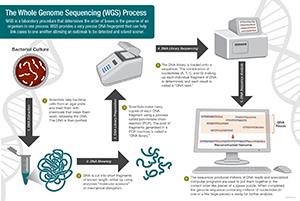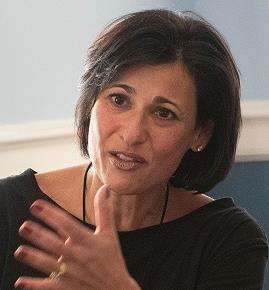 The Administration has assigned $200 million to increase the number of SARS-CoV-2 isolates that are sequenced. The purpose will be to identify the emergence of variants and to ascertain their temporal and spatial distribution. In 2020, the U.S. sequenced approximately 0.5 percent of isolates, a proportion that has doubled during the past month. Generally, epidemiologists consider that a five percent rate, as achieved in the U.K., is necessary to effectively monitor for variants.
The Administration has assigned $200 million to increase the number of SARS-CoV-2 isolates that are sequenced. The purpose will be to identify the emergence of variants and to ascertain their temporal and spatial distribution. In 2020, the U.S. sequenced approximately 0.5 percent of isolates, a proportion that has doubled during the past month. Generally, epidemiologists consider that a five percent rate, as achieved in the U.K., is necessary to effectively monitor for variants.

The emergence of the UK B.1.1.1.7 variant in the U.S. intensified efforts to characterize viruses in circulation resulting in identifying 1,300 infected individuals in forty-two states and recognizing that the incidence of the variant was doubling at nine-day intervals. The Centers for Disease Control and Prevention in conjunction with public health laboratories sequenced 9,000 genomes during the first week of February. Dr. Rochelle Walensky, (image, right) Director of the CDC has set a goal of 25,000 assays each week, that at current rates of infection should be adequate to monitor the strains present in our population. The intensified rate of sequencing has disclosed the presence of the B1.351 variant that originated in the Republic of South Africa and the P.1 variant from Brazil in addition to a number of SARS-CoV-2 variants that have arisen in the U.S. by spontaneous mutation.
Characterizing viral isolates is critical to establishing whether mutations intensify transmission rates, have enhanced pathogenicity or evade immunity stimulated by existing vaccines.